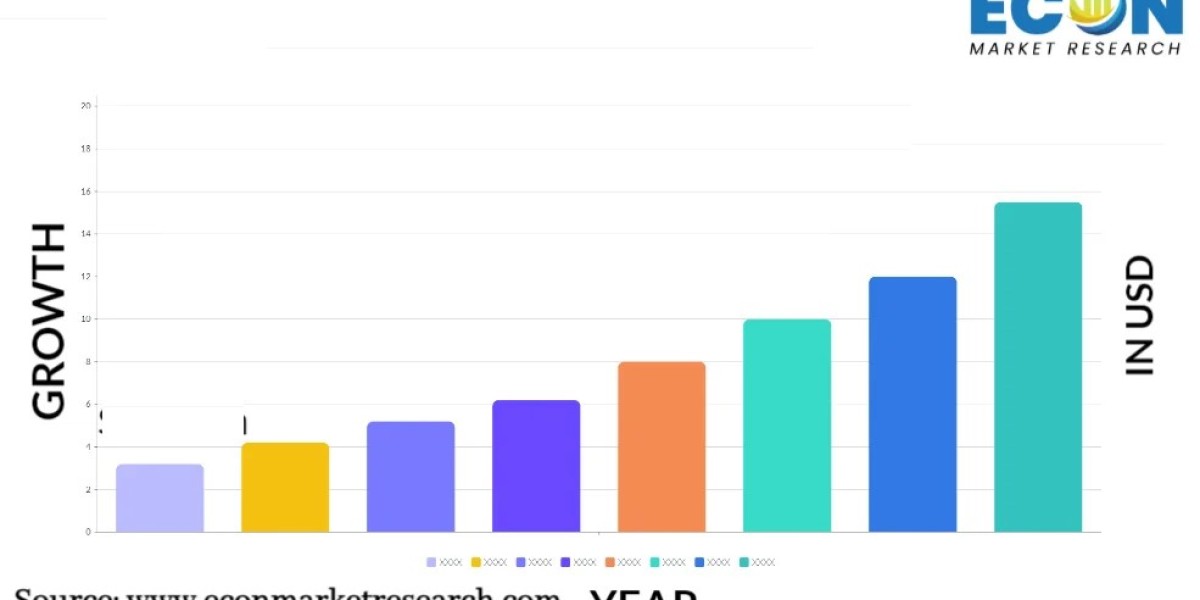The automotive head-up display (HUD) is a rapidly advancing technology that projects critical driving information directly onto a car’s windshield, allowing drivers to access essential data without diverting their gaze from the road. Originally derived from military aviation, where HUDs provided pilots with real-time flight information, this technology has now evolved into a valuable tool for enhancing road safety and user experience in personal vehicles. As automotive technology shifts toward advanced driver assistance systems (ADAS) and eventually fully autonomous driving, HUDs play a vital role in bridging the interaction between driver, vehicle, and the environment.
More info : https://www.econmarketresearch.com/industry-report/automotive-head-up-display-hud-market/
The Function and Design of Automotive HUDs
An automotive HUD functions by projecting digital information onto a transparent display, often a portion of the windshield or a small screen above the dashboard. Key data displayed by HUDs includes speed, navigation directions, fuel levels, warning alerts, and even ADAS indicators. In its simplest form, an HUD uses light sources, lenses, and mirrors to project digital data that is easily viewable in the driver’s line of sight. Advanced HUDs incorporate augmented reality (AR) features, integrating data with the real world outside the windshield to provide enhanced guidance, such as highlighting lanes or identifying potential hazards.
Types of Automotive HUDs
There are primarily two types of HUDs used in automotive applications: windshield-projected HUDs and combiner HUDs. Windshield-projected HUDs display information directly on the windshield using a laser or digital projector, requiring precise calibration to ensure clarity and legibility. Combiner HUDs, on the other hand, project onto a small, transparent screen, or “combiner,” positioned above the dashboard, serving as a more compact and less complex alternative. With AR capabilities gaining popularity, many next-generation HUDs are being designed to overlay virtual information onto the actual road, creating a blended view that can offer directions, warnings, and ADAS alerts in real time.
Benefits of HUDs for Driving Safety and Convenience
Automotive HUDs significantly improve driver safety by minimizing the need for drivers to look away from the road. Traditional dashboards require momentary shifts in attention, which, though brief, can still create potentially hazardous distractions. HUDs address this issue by keeping essential information within the driver’s field of view, reducing reaction times and allowing drivers to make quicker decisions. Furthermore, by integrating navigation cues and safety alerts, HUDs enhance convenience and situational awareness, especially during complex driving scenarios such as dense traffic, unfamiliar routes, or adverse weather conditions. The convenience and immediacy of an HUD improve not only safety but also overall driving comfort.
The Evolution of Augmented Reality in HUDs
Augmented reality (AR) is transforming HUD technology by enhancing its functional capabilities. With AR, HUDs can overlay digital graphics onto real-world scenes, allowing for a more interactive and intuitive experience. For example, an AR HUD might project navigation arrows directly onto the road, making it easier for drivers to anticipate turns or lane changes. In ADAS-equipped vehicles, AR HUDs can also highlight other vehicles, pedestrians, or obstacles, giving drivers better situational awareness. As automotive manufacturers invest in AR technology, HUDs are expected to become integral components of future ADAS systems, providing information that is contextually aligned with the driver’s immediate surroundings.
The Role of HUDs in Electric and Autonomous Vehicles
HUDs are particularly advantageous in electric and autonomous vehicles, where driver-vehicle interaction is expected to be more digital and data-intensive. For electric vehicles (EVs), HUDs can display real-time battery information, range, and nearby charging stations—essential for range management and planning. In semi-autonomous or fully autonomous vehicles, HUDs can serve as information centers, updating passengers on the vehicle’s route, upcoming traffic, or even entertainment options. Additionally, in scenarios where the driver might need to take back control of the vehicle, an HUD can provide clear instructions and real-time guidance, ensuring a smooth transition of control.
Future Trends in Automotive HUDs
The future of automotive HUDs is promising, with ongoing advancements in display technology, AI, and connectivity. As autonomous driving technology matures, HUDs are expected to become even more central to in-car experiences, functioning as interactive interfaces that provide detailed journey information and route updates. 5G connectivity will further expand HUD capabilities, allowing real-time data streaming for augmented features, such as live traffic alerts or weather updates. HUDs may eventually extend beyond the windshield, integrating with side and rear windows to offer a 360-degree view of surroundings, enhancing spatial awareness. These advancements will push HUDs toward becoming comprehensive visual interfaces in future vehicles.
Phone Number: +1 812 506 4440
Email : sales@econmarketresearch.com













